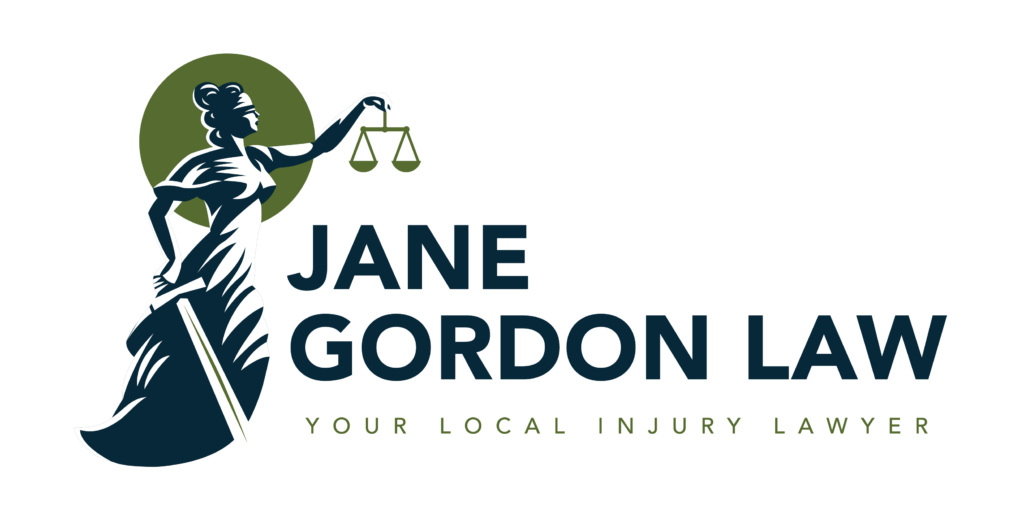
How Contingency Fees Work in Personal Injury Law
After a car crash, a workplace injury, or another unexpected accident, life can feel turned upside down. Medical bills start piling up. You may be missing paychecks. Insurance adjusters are calling. With so much on your plate, it’s natural to wonder:
- Do I need a personal injury lawyer?
- How does the process even work?
- Can I afford a personal injury lawyer?
These are all valid questions. Many people assume that hiring a lawyer is out of reach financially, or that they’ll end up with less money in their pocket if they do. Others think insurance companies will treat them fairly without legal help. That’s where contingency fees come in.
What Is a Contingency Fee?
A contingency fee means your attorney’s payment depends on the outcome of your case. If you recover money through a settlement or verdict, your attorney’s fee is a percentage of that recovery. If you don’t recover anything, you don’t owe attorney’s fees.
This is very different from hourly billing or flat fees, where costs add up quickly regardless of whether your case succeeds. For people already dealing with financial strain after an injury, hourly fees can feel like an impossible barrier to justice.
Still, many people hesitate to call a lawyer because of misunderstandings about how contingency fees really work. Let’s clear up some of the biggest misconceptions.
Misconception #1: “Personal Injury Lawyers Take All the Money.”
This is one of the most common fears — that after attorney fees, you’ll walk away with little or nothing. In reality, contingency fees are structured to ensure clients receive compensation after legal fees and case costs are deducted.
Personal injury attorneys also have a strong incentive to maximize your recovery, because their own payment depends on it. In other words, your personal injury attorney wants the largest possible settlement or verdict for both of you.
Misconception #2: “You Still Owe Fees If You Lose.”
With contingency fees, if your personal injury lawyer doesn’t recover money for you, you don’t owe attorney’s fees. That’s the entire point — you don’t take on the risk of paying out-of-pocket while already dealing with an injury.
Some case expenses (like court filing fees or expert witness costs) may still need to be covered, but most personal injury attorneys, including myself, advance those costs for clients and only recover them if the case succeeds.
Misconception #3: “It’s Too Expensive to Hire a Personal Injury Lawyer.”
Hourly attorneys in other areas of law may charge hundreds of dollars per hour, which adds up fast. But contingency fees remove that barrier. Instead of writing checks every month, your personal injury lawyer is paid at the end — and only if they win your case.
This makes high-quality legal representation accessible to everyone, not just those who can afford to pay upfront.
Misconception #4: “Personal Injury Lawyers Hide the Fine Print.”
A good personal injury lawyer should walk you through every part of the fee agreement in plain language. You should know:
- The percentage fee if your case settles
- How that percentage may change if the case goes to trial
- How case expenses are handled
- What your take-home recovery might look like after fees and costs
At Jane Gordon Law, I make it a priority to explain these details clearly so there are no surprises down the road. Transparency is the foundation of a strong attorney-client relationship.
Misconception #5: “The Insurance Company Will Treat Me Fairly.”
This one may be the most dangerous. Insurance companies are not on your side. Their goal is to pay as little as possible, and they have entire teams of adjusters and lawyers working to minimize claims.
Having an experienced personal injury attorney on your side evens the playing field. And with contingency fees, you don’t have to risk your savings to have that protection.

How Contingency Fees Are Calculated
The specific percentage depends on the agreement you sign. Commonly, the fee ranges from around 30–40%, depending on whether your case settles quickly or goes all the way to trial. The more complex and time-intensive the case, the higher the percentage may be.
For example:
- Negotiated settlement: If your case settles during early negotiations, the percentage might be on the lower end, such as 30%.
- Litigation and trial: If the case requires extensive discovery, depositions, or a trial, the percentage may rise to 40% to reflect the additional work, resources, and risk involved.
How Jane Gordon Law Can Help
At Jane Gordon Law, I believe transparency is key. I take the time to explain every part of the fee agreement so you know exactly what to expect, from how percentages work to how case costs are handled. I encourage every client to ask questions before signing — because you should feel confident, informed, and comfortable with your representation.
The truth is, contingency fees exist to give injured people a fair chance at justice without adding financial stress to an already difficult time. You don’t have to choose between paying your bills and hiring a lawyer — you can focus on healing while I focus on fighting for your case.
If you’ve been injured and are unsure about your next steps, I’m here to help as your local Boise personal injury lawyer. Reach out to discuss your case, and let’s see how I can advocate for you.
